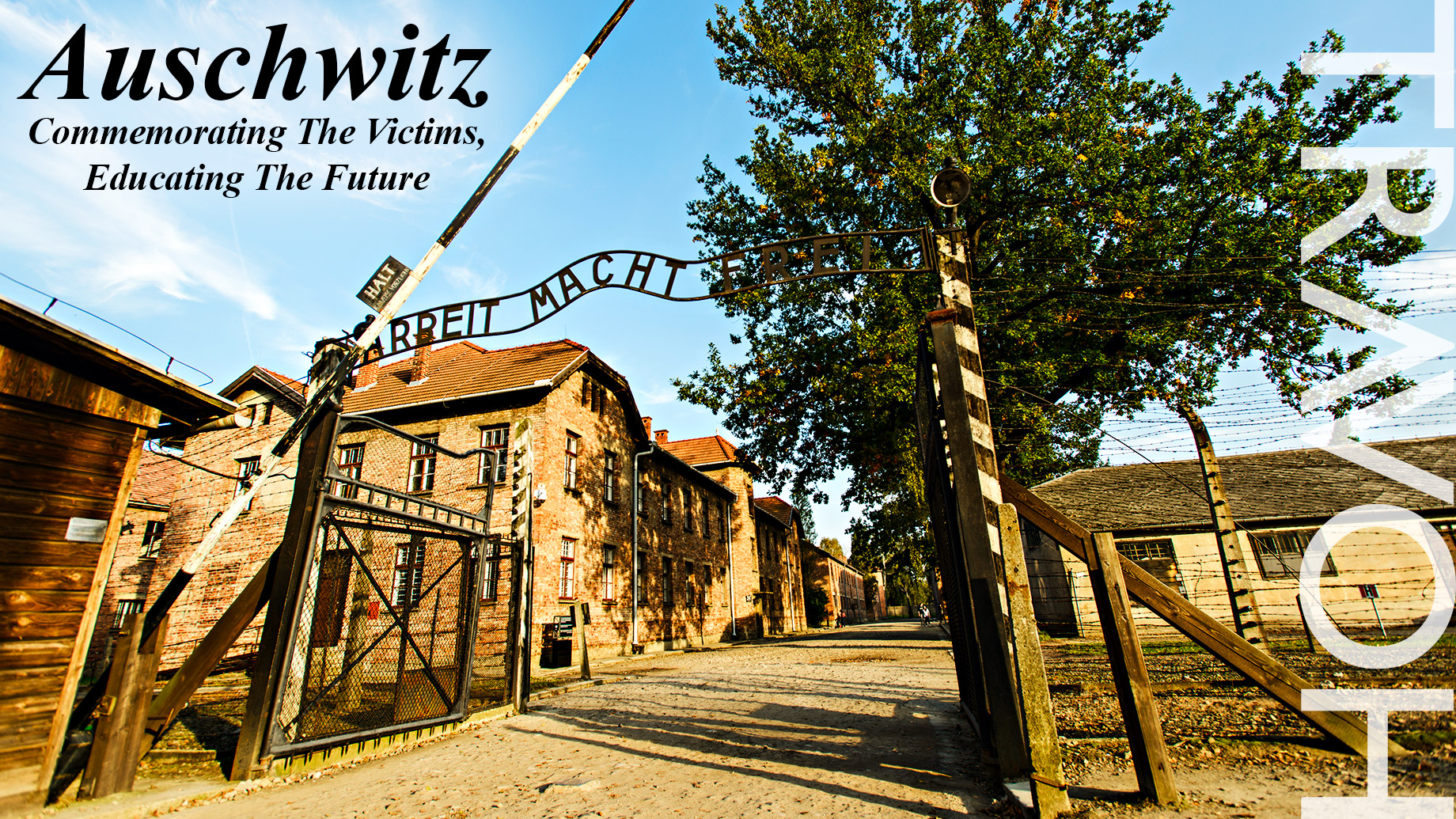
As we navigate through the annals of history, we often come across moments that seem to defy humanity. Among these, Auschwitz, the largest of the Nazi concentration and extermination camps, stands as a symbol of the darkest period in human history. Today, we commemorate the victims and take the responsibility to educate future generations about the Holocaust, so that such atrocities may never be repeated.
Auschwitz, located in present-day Poland, was operational from 1940-1945. It was a complex of camps, including Auschwitz I, Auschwitz II-Birkenau, and several subcamps. Its primary purpose was the extermination of Jews as part of Hitler’s Final Solution, but other groups were also targeted, including Romani people, Soviet POWs, and various groups deemed undesirable by the Nazi regime.
During its operation, over a million innocent lives were extinguished in Auschwitz. The horrors of mass extermination, forced labour, inhumane medical experiments, starvation, and physical and psychological torture are imprinted in the memories of the survivors and the consciousness of humanity.
In the decades following World War II, Auschwitz has become a symbol of the Holocaust – a stark reminder of the depths to which human cruelty can sink. Yet, it also stands as a monument to human resilience and the enduring spirit of those who survived.
Today, the Auschwitz-Birkenau State Museum serves to commemorate the victims of the Holocaust and educate future generations about the atrocities committed during this period. The goal is not only to remember those who perished but also to ensure that such events are never repeated.
Visiting Auschwitz is an emotional journey. It’s a voyage into the depths of human cruelty, yet also a testament to the strength of the human spirit. A guided tour, such as those provided by The Auschwitz Tours, can provide valuable context and help visitors understand the magnitude of what transpired here. It’s a sobering experience that brings history to life, reminding us of the importance of tolerance and respect for all people.
Education is at the heart of these tours. By bearing witness to the remnants of Auschwitz, we can learn valuable lessons about the dangers of hatred, bigotry, and racism. It underscores the importance of standing up to injustice and defending the rights and dignity of all individuals.
Educational programs and initiatives, such as The Auschwitz-Birkenau State Museum and the Auschwitz Study Group, work tirelessly to keep the memory of the Holocaust alive. They strive to promote understanding, tolerance, and peace, principles that are more important than ever in our increasingly connected world.
Part of this educational mission involves personal stories. By preserving and sharing the testimonies of survivors, educators give a human face to the statistics. These stories are a powerful tool in combatting Holocaust denial and distortion, providing irrefutable evidence of the horrors that occurred.
In commemorating the victims of Auschwitz, we honour their memory and pay tribute to their resilience. We remember not only the vast numbers of lives lost but also the individuals – their hopes, dreams, and lives cut tragically short.
It is crucial that we educate future generations about Auschwitz and the Holocaust, not only to honour the victims but also to ensure that such atrocities are never repeated. This education goes beyond the classroom; it involves personal reflection and a commitment to uphold the values of tolerance, respect, and human dignity.
Auschwitz serves as a stark reminder of the darkest chapters of our history. But it also offers a valuable lesson for the future – a reminder of what can happen when hatred and intolerance are allowed to flourish. By remembering the victims and educating future generations, we can help build a world that truly says, “Never again.”
